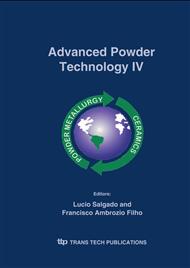p.152
p.158
p.164
p.173
p.179
p.186
p.192
p.198
p.205
Computational Fluid Dynamics Techniques for Flows in Lapple Cyclone Separator
Abstract:
A two-dimensional fluidynamics model for turbulent flow of gas in cyclones is used to evaluate the importance of the anisotropic of the Reynolds stress components. This study presents consisted in to simulate through computational fluid dynamics (CFD) package the operation of the Lapple cyclone. Yields of velocity obtained starting from a model anisotropic of the Reynolds stress are compared with experimental data of the literature, as form of validating the results obtained through the use of the Computational fluid dynamics (Fluent). The experimental data of the axial and swirl velocities validate numeric results obtained by the model.
Info:
Periodical:
Pages:
179-185
Citation:
Online since:
November 2005
Keywords:
Price:
Сopyright:
© 2005 Trans Tech Publications Ltd. All Rights Reserved
Share:
Citation:


